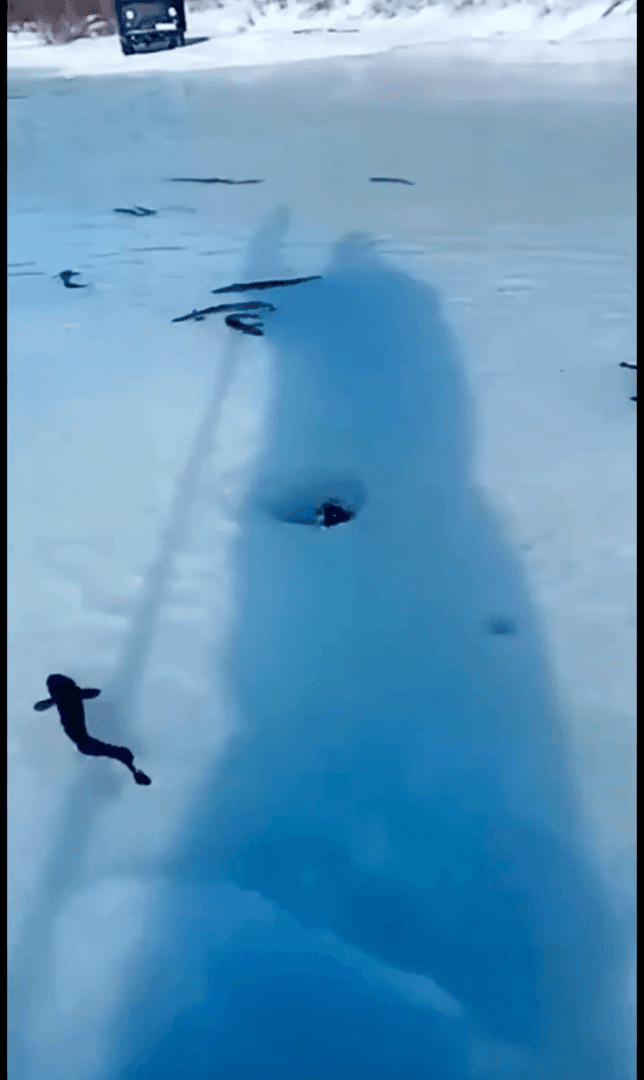
Alpha 200FR à vendre Je mets en vente un Alpha 200FR, acheté en avril 2024. Utilisé lors de 6 à 7 sorties maximum, il est en excellent état. Prix de vente : 450 €, légèrement négociable dans la limi
Post: 23 October 09:11

Post: 23 October 09:11

Post: 1 March 18:32

Post: 1 March 00:25

Post: 5 September 09:08

Post: 12 December 17:52

Post: 4 July 17:35

Post: 6 October 07:07

Post: 13 February 20:27

Post: 9 December 19:53

Post: 6 December 09:24

Post: 30 November 10:35

Post: 3 June 19:24
Post: 30 September 15:21
Post: 29 September 07:26

Post: 30 July 11:44

Post: 11 July 20:47

Post: 30 June 09:23

Post: 11 June 16:17

Post: 10 June 14:19

Post: 10 June 09:00

Post: 16 February 20:53

Post: 22 November 01:18

Post: 14 August 18:04

Post: 12 May 13:41

Post: 28 August 12:37

Post: 28 August 07:27

Post: 22 August 08:41

Post: 7 July 07:32

Post: 4 June 19:39

Post: 16 May 14:00

Post: 28 January 02:16

Post: 31 October 10:40

Post: 28 July 09:33

Post: 21 July 09:01

Post: 12 July 10:48

Post: 8 April 14:52

Post: 9 July 18:33

Post: 4 July 16:33

Post: 1 July 19:30

Post: 1 July 19:27

Post: 30 June 09:25

Post: 2 October 17:02

Post: 3 September 15:28

Post: 3 September 07:28

Post: 2 September 14:27

Post: 1 September 07:58

Post: 29 August 14:03

Post: 29 August 13:10

Post: 29 August 12:58

Post: 29 August 12:50